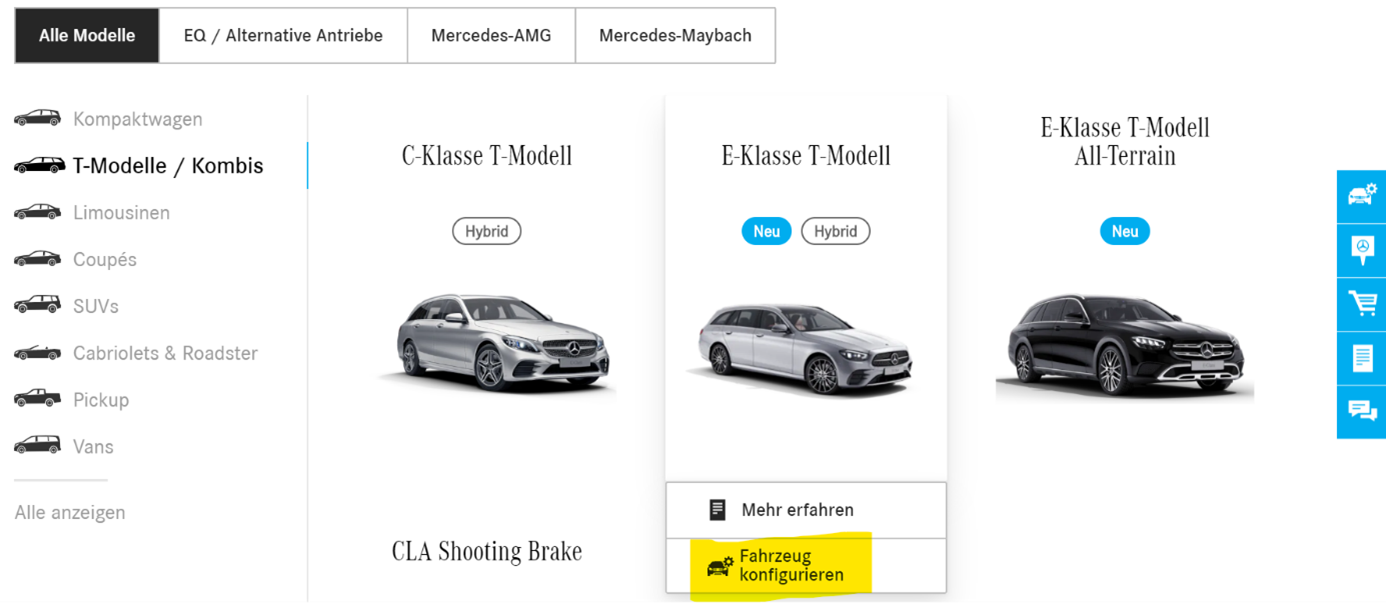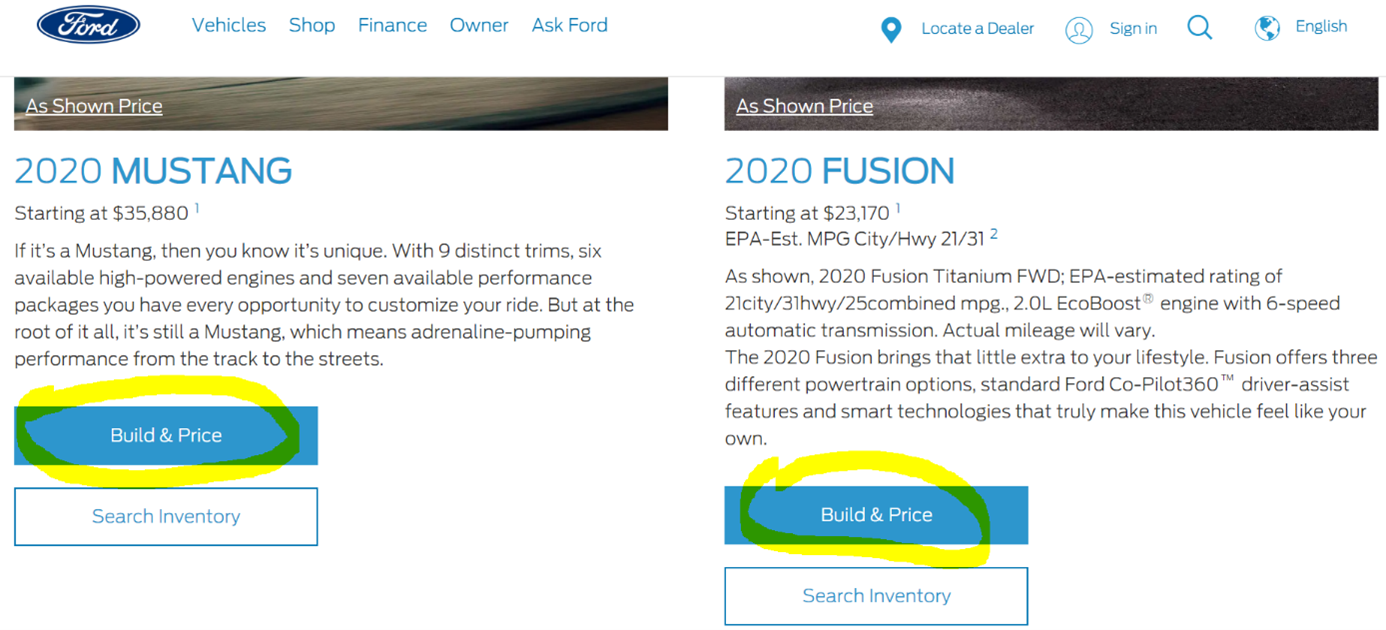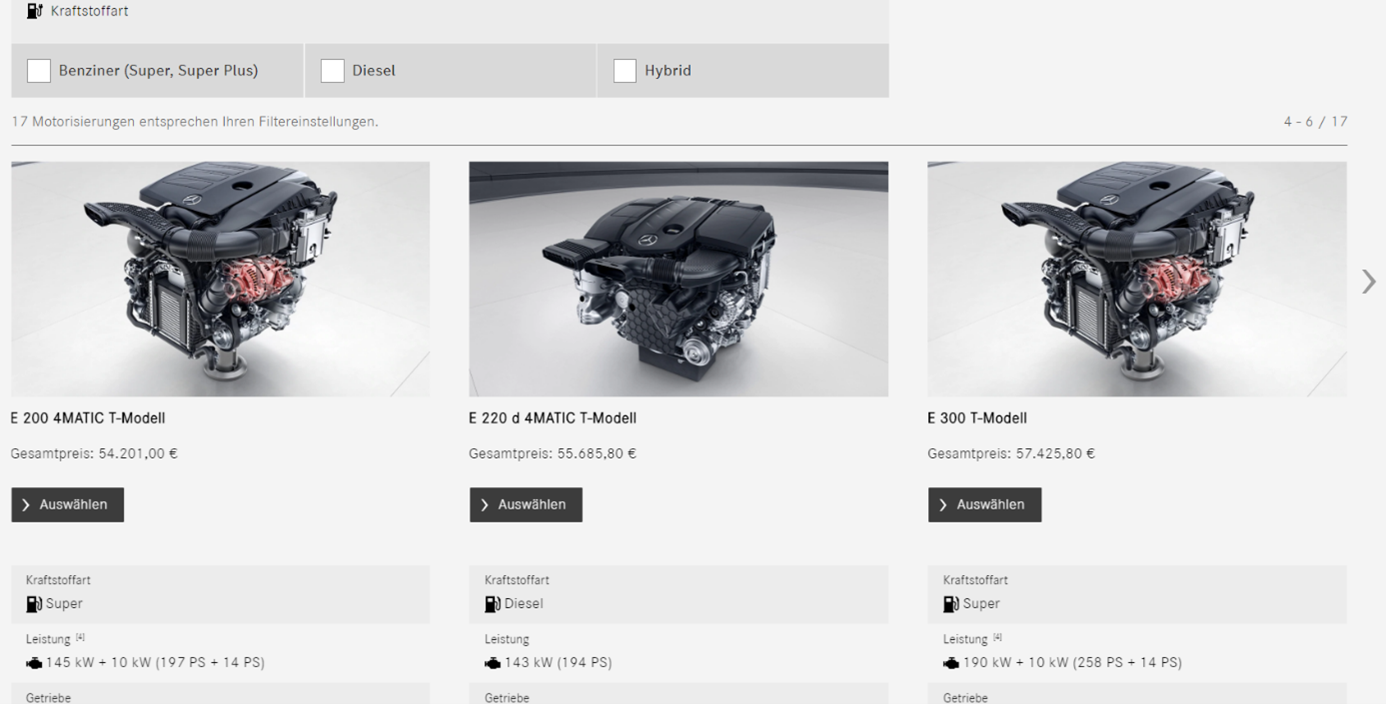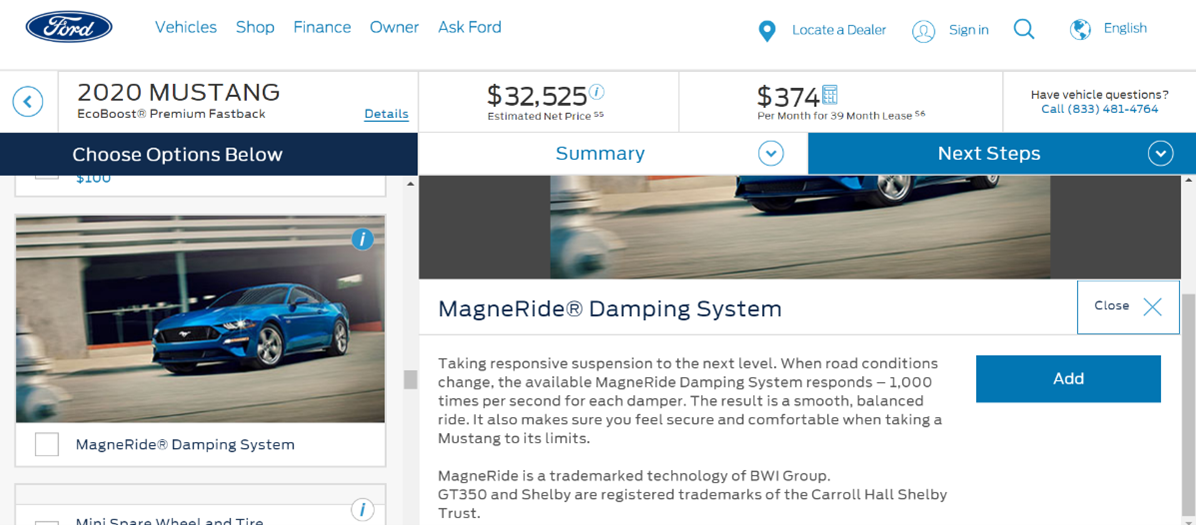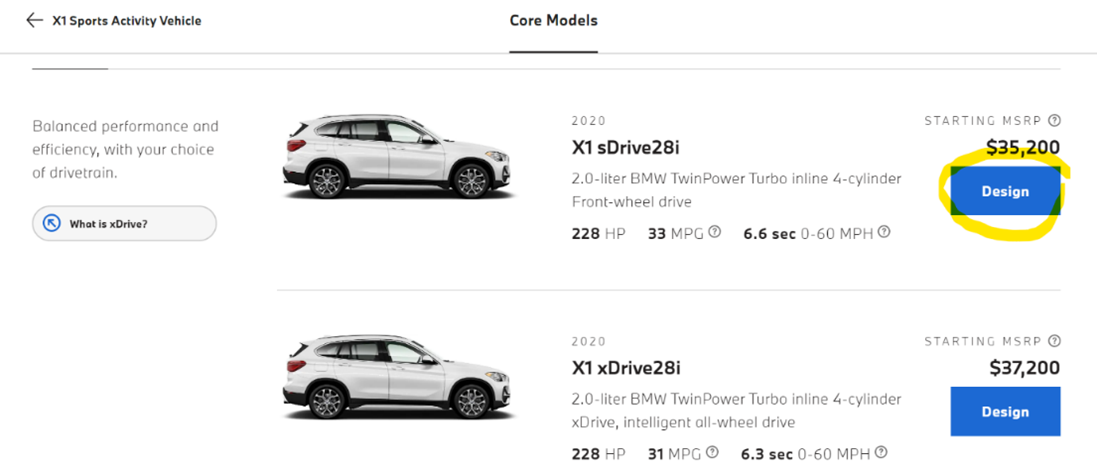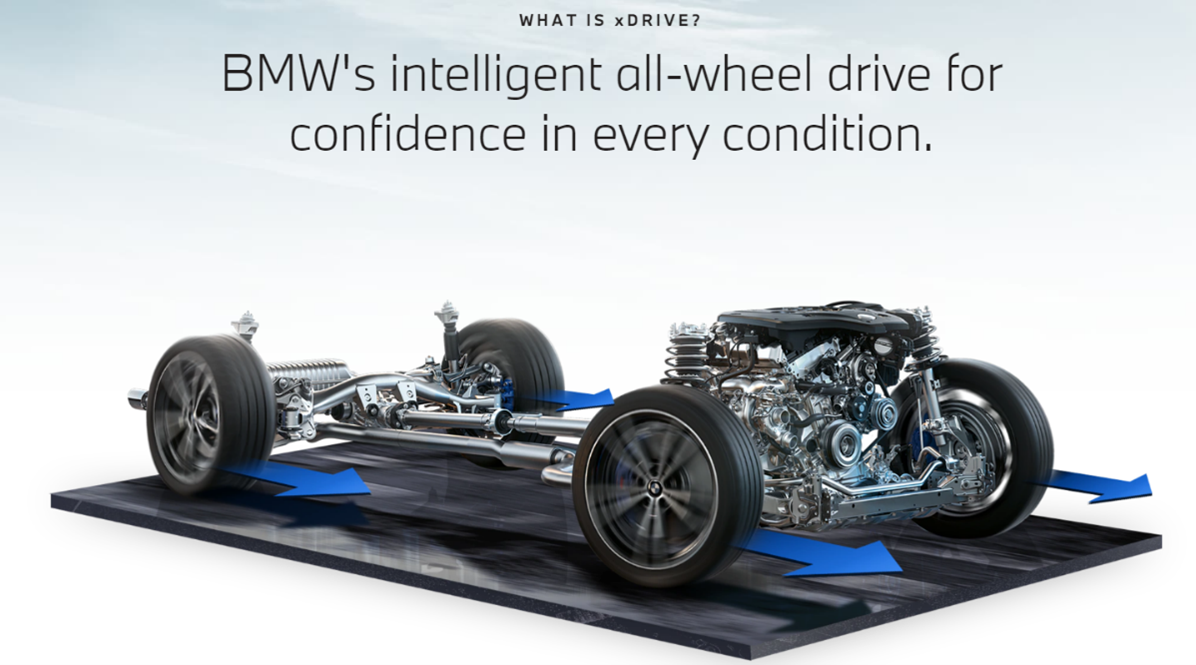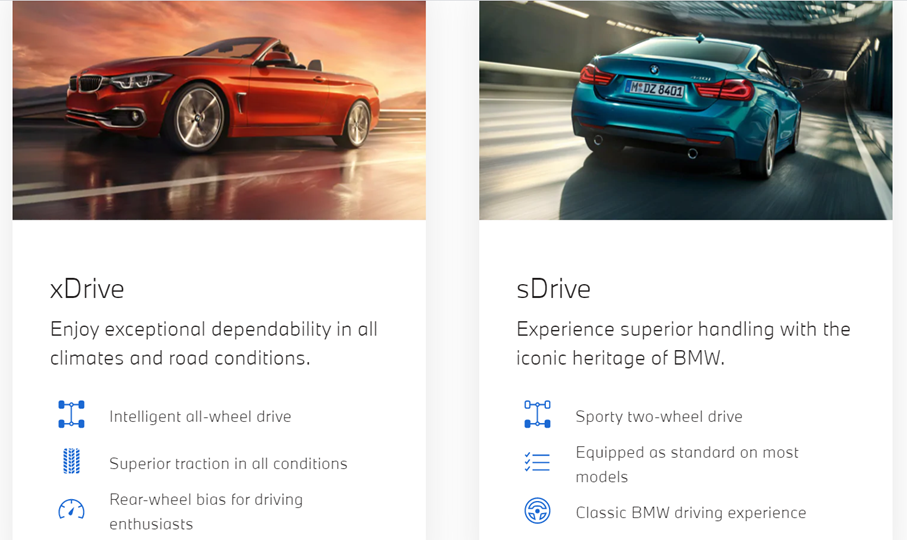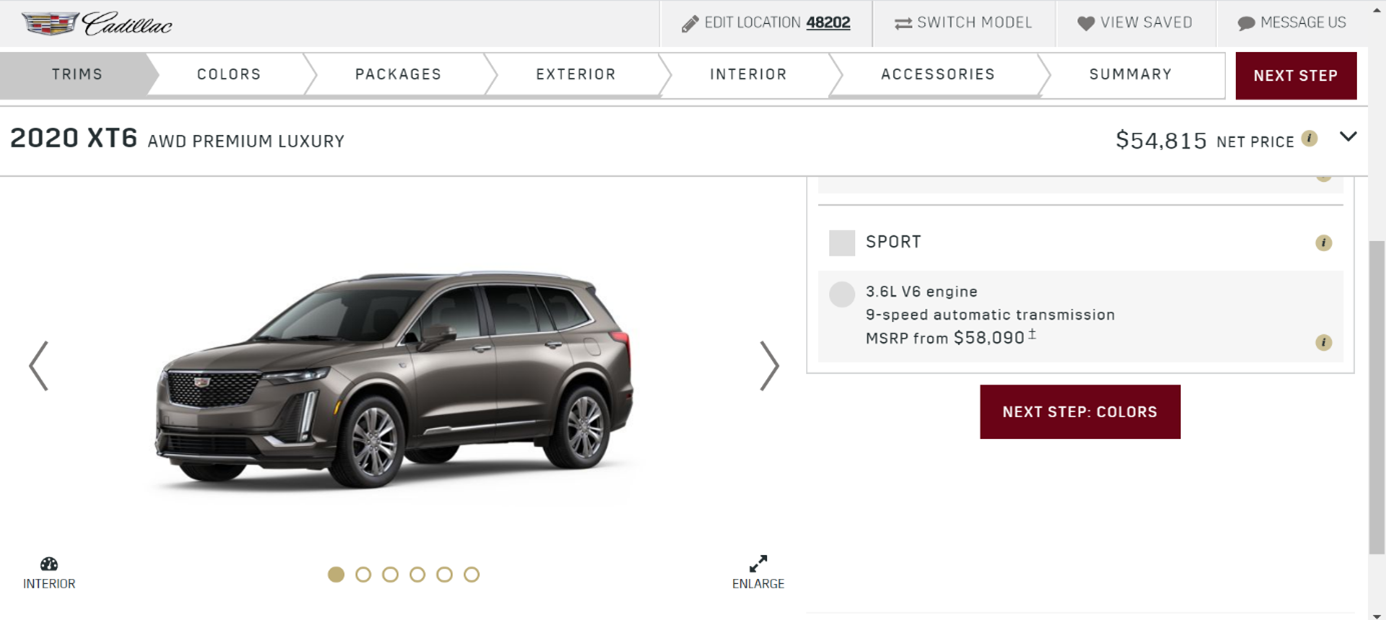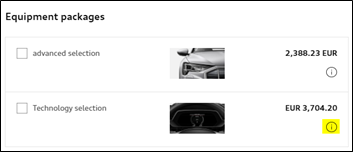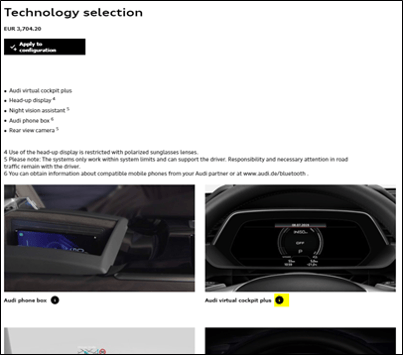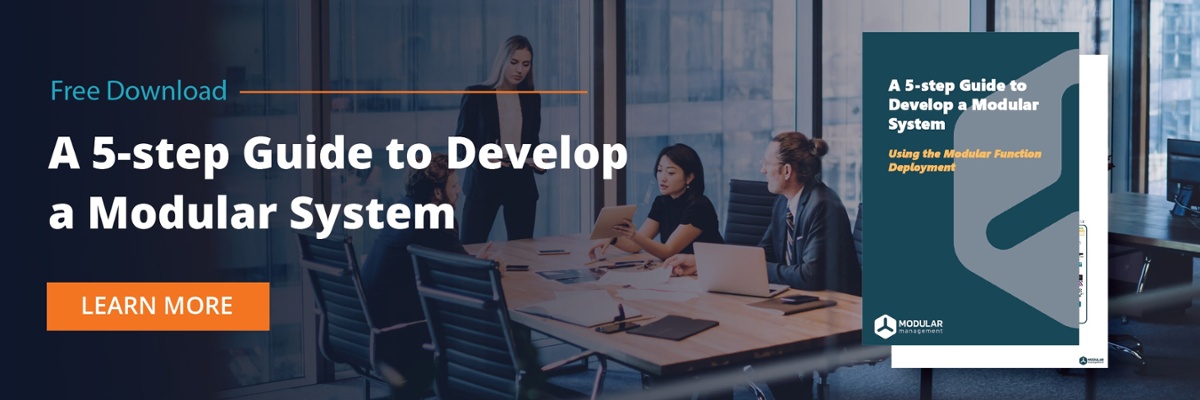Are Online Product Configurators of Today Delivering on the Value Promise of Increasing Sales Effectiveness?
In an earlier blog post, Alex Ginsburg discussed the importance of understanding customer needs and the power of guided selling based on his 25 years of experience in working with modularization and configuration. With these insights in mind, I have evaluated existing online product configurators. To make this comparison possible, I have narrowed the scope to online product configurators for cars that are available on public websites.
As Alex describes in his blog post, guided selling opens the opportunity to target different types of customers, from novice buyers to more experienced ones. In the case of buying a car, the range of customers is, of course, represented by the entire range of cars. For novice car buyers, guided selling has the potential to be a powerful tool in gaining their trust by helping them find a suitable product in an overwhelming jungle of car models, drive trains, gearboxes, and features. For experienced customers, a configurator could make it possible to customize the details of a car based on technical selections. If a configurator can deliver satisfying configuration possibilities for both these customers, the chances of reaching a broader market increase significantly.
The car configurators selected for the evaluation are Mercedes-Benz, BMW, Audi, Ford, Chrysler, and Cadillac.
What is an Online Product Configurator?
An online product configurator is a software solution to configure and sell products through a website. Ideally, the product configurator will ask the customer questions relating to their needs and the application for which the product will be used. The answers are analyzed, and a solution is presented. This experience can be vastly improved for customers with realistic 3D visualization and virtual or augmented reality.
Comparatively, a great salesperson will quickly understand who the customer is and what they are looking for by asking questions relevant to the customer. An excellent online product configurator should do the same.
There are off-the-shelf packaged solutions for online product configuration, sometimes referred to as Configure-Price-Quote solutions (CPQ solutions). However, many online product configurators are custom software built solely for a specific purpose. Depending on the nature of the configuration challenge to be solved, different solutions are preferred.
The general trend in the market is driving toward realistic visualization of the results, preferably in real-time. Beautiful visualizations were seen as a B2C need only in the past, but B2B configurators have also pushed considerably towards realistic and flexible visualization in recent years.
What Makes a Good Online Product Configurator?
Ideally, an online product configurator should replace the role of a real-life salesperson. First of all, it must understand who the customer is, their specific needs, and guide them towards a suggested product. More about market segmentation here. The product configurator should also give a pleasant user experience considering responsiveness, usability, and visualization. In a physical car dealership, a prospective buyer touches and feels different products. How can an online product configurator replace that? Lastly, the product configurator should meet customer’s varying levels of experience, knowledge, and interest. An experienced buyer should be satisfied with details, and a novice buyer should not be intimated by difficult to grasp technical selections.
My evaluation consists of several statements, rated towards a scale of "Strongly agree" (=5) to "Strongly disagree" (=1). The topics included are levels of guided selling, overall user experience, and whether the configurator can be used to make detailed selections for technically knowledgeable customers.
Guided Selling
These criteria are what Alex described in his blog post Examples of Product Configurators and the Importance of Guided Selling, as the level of guidance that customers receive from the product configurator during the configuration process based on the customer experience – how the customers will use the product and what they value from the product's performance and features. In contrast, configuration based on only technical aspects, asking the customer what technical features and options they preferer, will not give any high scores in the guided selling evaluation. The three criteria under the category "Guided Selling" are:
- As a potential customer, you get good support to find the car model best matching your needs
- The car manufacturer tries to understand customer needs by asking why, when, how, and how much the car will be used
- Detailed selections are based on customer needs rather than technical solutions
Overall User Experience of the Product Configurator
No one wants to use a product configurator that is difficult to interact with or hard to understand. Having a user-friendly configurator will highly influence the user's satisfaction level when using it. The user experience aspects have been broken down into the following criteria:
- The configurator responds quickly to user selections.
- General usability is good. It is clear what the user can or is supposed to do next.
- The configurator automatically proposes "best choices" to selections, so users don't need to respond to questions that are "irrelevant." Preferably "best choice" is a "dynamic result" of needs and/or previous choices.
- The level of feedback is good, the impact of made selections is clear to the user. Preferably, visual feedback is applied when possible.
- The configurator does not have dead-ends or getting, and it does not get into a conflict state where the user must restart.
Detailed for Interested/Technical Buyer
The customer’s level of knowledge of your products might differ significantly, spreading from a complete novice buyer to a true expert. Suppose the configurator can offer guidance for novice buyers and at the same time provide possibilities to expand into more specialized options and technical specifications. With this case, both types of customers will be satisfied. The criteria for measurement are as follows:
- It is possible to make detailed, technical selections in the product configurator.
- Information about different selection alternatives is clear. Novice customers get information about the benefits each options bring. Technically interested customers can get more technical details on additional selections.
- Detailed selections are expandable for interested customers but hidden for those with less interest.
- It is possible to override automatic or packaged selections by independently adding or removing options.
How Did the Different Online Product Configurators Perform?
All selected car configurators were tested against the listed criteria and summarized in the table shown below.
5 = Strongly agree, 4 = Agree, 3 = Acceptable, 2 = Disagree, 1 = Strongly disagree
|
Criteria ↓ / Configurators → |
Mercedes-Benz DE |
BMW |
Audi |
Ford |
Chrysler |
Cadillac |
|
Guided selling |
|
|
|
|
|
|
|
As a potential customer, you get good support to find the car model best matching your needs |
1 |
1 |
1 |
1 |
1 |
1 |
|
The car manufacturer tries to understand customer needs by asking why, when, how, how much the car will be used |
1 |
1 |
1 |
1 |
1 |
1 |
|
Detailed selections are based on customer needs rather than technical solutions |
1 |
1 |
1 |
1 |
1 |
1 |
|
Over-all user experience |
Mercedes-Benz DE |
BMW USA |
Audi |
Ford |
Chrysler |
Cadillac |
|
The configurator responds quickly to user selections |
4 |
4 |
2 |
4 |
4 |
4 |
|
General usability is good, it is clear what the user can or is supposed to do next |
3 |
3 |
2 |
3 |
4 |
4 |
|
Configurator automatically proposes "best choices" to selections, so users don't need to respond to questions that are "irrelevant". Preferably "best choice" is a "dynamic result" of needs and/or previous choices. |
2 |
2 |
1 |
3 |
1 |
2 |
|
Level of feed-back is good, impact of made selections are clear to user. Preferably, visual feedback is applied when possible. |
3 |
4 |
3 |
4 |
2 |
4 |
|
The configurator is not having dead ends or getting into conflict state where user must restart |
4 |
4 |
2 |
4 |
4 |
4 |
|
Detailed for interested/technical buyer |
Mercedes-Benz DE |
BMW USA |
Audi |
Ford |
Chrysler |
Cadillac |
|
It is possible to make detailed, technical configuration selections |
3 |
2 |
3 |
3 |
1 |
2 |
|
Information about different selection alternatives is clear. Novice potential customers get information about what benefits different alternatives bring. Technically interested potential customers can get more technical information about different selections. |
2 |
3 |
4 |
2 |
1 |
2 |
|
Detailed selections are expandable for interested potential customers but hidden for uninterested ones |
3 |
2 |
3 |
3 |
1 |
3 |
|
It is possible to override automatic or packaged selections by independently adding or removing detailed selections |
2 |
3 |
2 |
2 |
2 |
2 |
Guided Selling
The most distinct conclusion to be drawn from the evaluation is that none of the car configurators use guided selling. No configurator asks questions about the customer experience, nor do they use the answers as input to the configuration. Instead, they all require the customer to choose a base model as the first step of configuration, which (especially for a novice buyer) is not the easiest when considering how many different models there often are to choose from. The customer does not get the sense of being guided through the configuration process from start to finish. The customer must do significant research on the different car models and their respective differences before starting the configurator.
Figure 1: Mercedes-Benz configurator requires a selection of car model as the first step
Figure 2: The same for Audi. What is the difference between e-tron 50 and 55 quattro? This differentiation might be hard to know as a novice Audi customer.
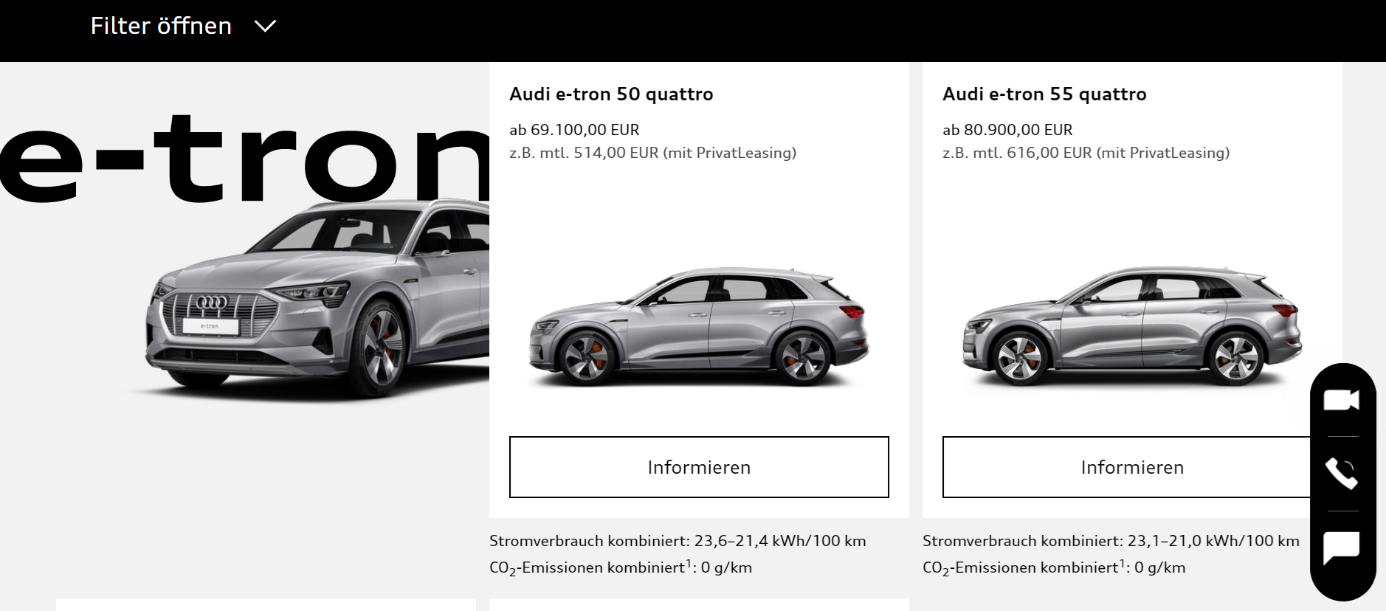
Figure 3: Ford also requires the customer to choose a car model. The descriptions might help a bit with understanding their differences, but they still include a lot of technical language that might be hard for a novice buyer to grasp.
After starting with choosing a base model, all the tested product configurators' selections are made based on selecting technical solutions rather than specifying customer needs. This process requires you as a customer to be knowledgeable enough of the product to translate your unique customer needs into what it means for the technical aspects of the car. This might result in many customers giving up during the attempt to use the configurator just because the requirements on product knowledge are simply too high.
Figure 4: The Mercedes-Benz configurator makes the customer choose the type of engine instead of asking about customer needs, for example: How much will the customer drive the car? Is high acceleration performance essential to the customer? In this case, the selection also impacts whether the car is a 2-wheel or 4-wheel drive.
Figure 5: The Ford configurator allows the customer to choose a specific damping system. But how should the customer know if they even need one? Instead, Ford could ask the customer: Do you often drive on uneven terrain?
To highlight the possible advantages of guided selling, let's look at BMW's offering regarding drive types. Information about the different alternatives and what they mean can be found on their website, but it is not included in any step of the product configurator. Including this information could have been an excellent opportunity for guided selling – to use this information at the point of sale, ask questions about what the buyer is looking for when driving, and then suggest a car with a suitable type of drive. Instead, the customer must find the information themself before choosing a car model for configuration with the right kind of drive (e.g., X1 sDrive28i vs. X1 xDrive28i).
Figure 6: The customer needs to choose a BMW model with a particular type of drive before starting the configuration
Figure 7: Information about BMW's different types of drive that can be found on their website. One has "superior handling," the other has "Superior traction" – which one do you need?
Overall user experience
Considering the overall user experience, most of the evaluated car configurators are pretty similar with respect to structure, how choices are made, type of choices, visual feedback, etc. There are some differences in layout and overall user interface (UI) design – some easier to follow than others. I found it easiest to follow the configuration when the visual feedback was in focus throughout the complete configuration.
Figure 8: The Cadillac configurator has a UI clearly showing the following configuration steps in the section above, with good visual feedback of different selections in focus throughout the whole process.
Another user experience aspect is that some (not all) configurators deliver "dynamic selections," i.e., selections automatically following a previous choice made by the customer. However, it is often hard to get an overview of the automatic selections and understand their reasons. Sometimes, it is also hard to understand why the pricing is affected by the automatic choices.
Detailed for Interested/Technical Buyer
Lastly, regarding the configuration detail level, some of the product configurators are relatively shallow (e.g., the Chrysler configurator). You can only select variance in exterior/interior design and a few unique features. However, most car configurators have many add-on options that you can choose from, like surround sound systems, USB ports, and parking assistance systems. Some of the configurators have special features structured in "packages," which are usually not very customizable; you must choose the whole package or nothing at all. Some configurators have expandable explanations of the special features, but not all of them. In the case of sparse explanations, it is quite easy to get lost in the special feature selection, especially as a novice buyer.
Figure 9: Would you like "advanced" or "technology," or both? The information links explain more!
Figure 10: Audi has examples of well-described special features that both novice and technical buyers can easily understand. Information about features is expandable, making it easy to skip for customers that are not interested.
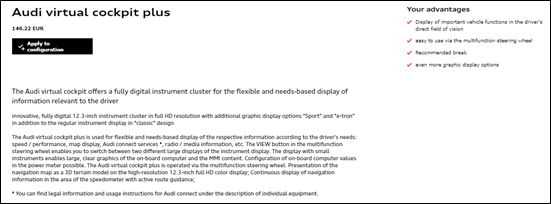
Figure 11: In contrast, Cadillac provides very little information about the special features. As a customer, you are required to read the manual to get information about feature limitations.

Huge Opportunities to Improve Existing Online Product Configurators
To summarize, there are enormous opportunities for carmakers to accelerate their configurators' effectiveness in reaching a variety of different customers. What if one of these brands would use the power of guided selling and deliver a configurator that gives support to all types of customers? What if all customers were asked relevant questions and offered a product tailored to their unique customer needs? And what if the configurator can make novice buyers feel confident that they understand why the product configuration will fit their situation? And what if, at the same time, technical buyers can make more detailed selections, getting precisely the customization they are looking for?
Creating a car configurator that can deliver all this could result in significant competitive advantages for the company that chooses to go there. However, to do this might be a great effort since your products must also be configurable based on relevant selections for the customer, not only what fits together from a technical perspective.
We at Modular Management are specialized in supporting companies creating strategic product architectures and modular systems and have put together a guide on how to develope a modular system based on customer needs using our MFD methodology. You can download our 5-step guide here:
Please contact me directly if you'd like to discuss the topic covered in this blog or looking for a sounding board in general around Modularity and Product Configuration. Or perhaps you have a good example of an online product configurator that ticks all boxes? Send me a message, and I'll try it!

Tobias Martin
Vice President and Partner


